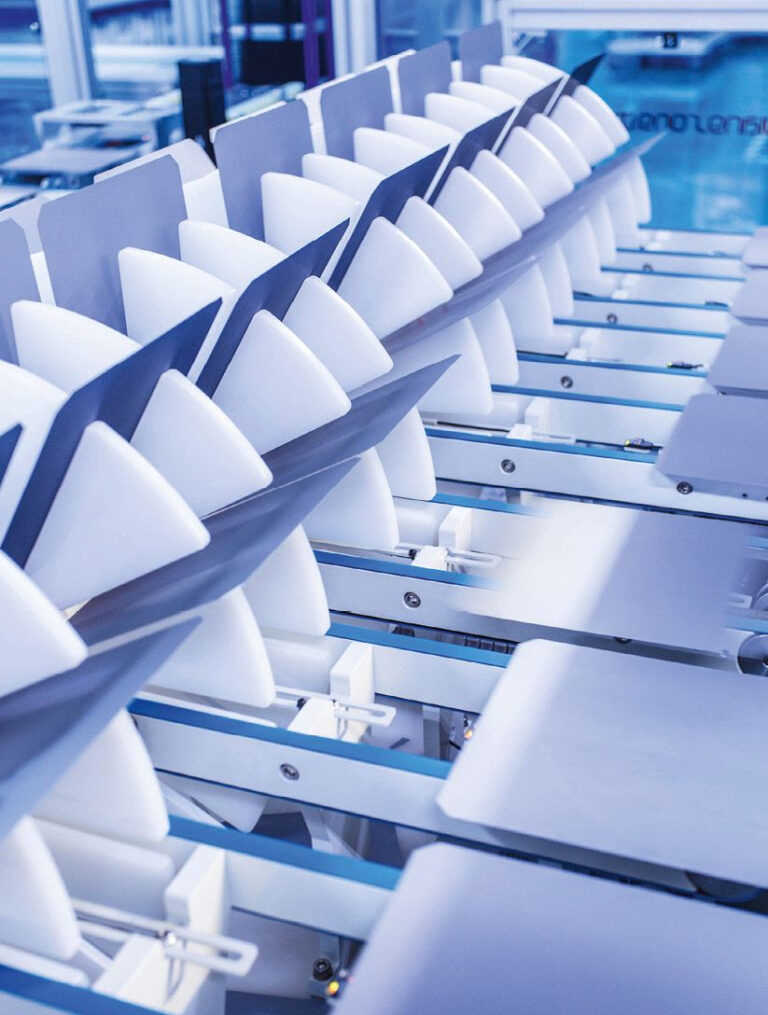Global solar energy demand will continue to grow in 2024, with module demand likely to reach 492 GW to 538 GW. Amy Fanga senior analyst at InfoLink, looks at module demand and supply chain inventories in a market still affected by oversupply.
The Chinese solar market has witnessed rapid growth in demand over the past two years. High prices for PV modules in 2022 hindered the implementation of utility-scale projects, so that small-scale “distributed generation” (DG) projects made up about 60% of the market. After supply chain issues subsided, module prices began to decline in 2023, leading to utility-scale projects supplying 55% of the market in the fourth quarter as DG Solar matured.
By 2024, Chinese module demand will reach 245 to 255 GW, up 7% to 11% from 2023. Growth has slowed, but the market is still huge. According to the National Energy Administration, China added 36.7 GW of solar power in January 2024 and February 2024, compared to 20 GW in January 2023 and February 2023. Ground-mounted projects fueled a market recovery after the New Year holiday of 2024.
Some provinces have capped grid connections for DG projects in the second half of 2023, and InfoLink believes the home solar market will slow down in 2024. A national 5% cap on curtailment of solar and wind energy has been relaxed, but increasing curtailment will create uncertainty in the returns of new projects. and grid capacity still lags behind demand for solar energy.
The government’s regulatory measures for the full purchase of renewable energy by electricity companies. The electricity legislation categorizes grid-connected renewable energy projects into those with a guaranteed purchase volume of clean energy and those subject to market trading for their electricity, which affects project revenues. Long-term demand is estimated conservatively and some DG end-users have canceled their plans.
Companies looking for cost savings could drive China’s commercial and industrial solar segment by 2024. Ground-mounted PV will rely on grid connections, even as provincial regulations for agricultural voltaics, fisheries PV and floating solar are in preparation.
Although InfoLink did not expect new polysilicon production capacity in the first quarter of 2024, producers such as Yongxiang, Daqo and GCL will commission new lines by the end of June 2024 and production could reach 250 GW to 255 GW in the second quarter, including an additional 79 GW to 80 GW by April 2024 and 84 GW to 85 GW by May 2024. Even as some manufacturers plan to delay polylines, sales pressure and inventory build-up are likely.
Monthly wafer production of 65 GW to 68 GW in the second quarter will boost quarterly production of 200 GW to 205 GW. Some manufacturers planned to reduce production in April 2024, but vertically integrated manufacturers continue to scale up production to maintain line production and fuel their cell and module businesses.
Cell production was expected to reach 200 to 210 GW in the second quarter, with monthly production of negatively doped “n-type” products reaching 69 to 71 GW in April and May 2024. Deliveries became difficult from the end of March. 2024, when module makers tried to control cost declines. Some module companies may have reduced the purchase of mobile phones through dual distribution in April 2024. Both features could emerge again in the second quarter of 2024.
With a monthly production capacity of more than 60 GW of modules in China, tier-1 manufacturers that cannot reduce prices may reduce shipments. Tier 2 suppliers have modest plans for 170 GW to 175 GW of projects per quarter and could reduce production.
In terms of inventories, polysilicon reached an all-time high of over 20 days’ supply at the end of March 2024, and this figure will continue to rise. Wafer inventories were available for about half a month and may have started to slowly decline from the end of April 2024, thanks to production cuts. Cell and module inventories were available for seven days and one to one and a half months, respectively, including in-transit inventory.
Competitive price
Overall, competition in the module sector will escalate in 2024, against the backdrop of high inventory levels across the supply chain, excess production capacity and modest demand growth. Continually declining module prices mean that InfoLink expects premiums for tunnel oxide passivated contact products to decrease and, on some projects, even lead to the same price for n-type and older, positively doped “p-type” modules.
Once the application of laser-enhanced contact optimization matures and replaces encapsulants in the second half of 2024, costs may decline marginally, causing Tier-1 prices in China to fluctuate between CNY0.85 ($0.12)/W and CNY 0.90/W. Meanwhile, intense competition in the low price range may lead to a level below CNY 0.80/W in the market.
Module prices in 2024 will largely depend on manufacturers’ strategies. Given the evidence provided at the start of the second quarter, module manufacturers appear to have become conservative in the face of low prices and weak profitability. Module manufacturers can try to negotiate higher prices, but end users, especially large customers, have a low tolerance for price increases. For buyers, the industry hopes to establish a rule to adjust the model of winning auctions with lower bids, as prices have reached cost levels and some tier-2 module makers are competing with prices below cost, which entails risks for order execution.
 About the author: Amy Fang is an InfoLink senior analyst focusing on the solar cell and module segment of the PV supply chain and working on price trend forecasts and production data.
About the author: Amy Fang is an InfoLink senior analyst focusing on the solar cell and module segment of the PV supply chain and working on price trend forecasts and production data.
The views and opinions expressed in this article are those of the author and do not necessarily reflect those of the author pv magazine.
This content is copyrighted and may not be reused. If you would like to collaborate with us and reuse some of our content, please contact: editors@pv-magazine.com.


